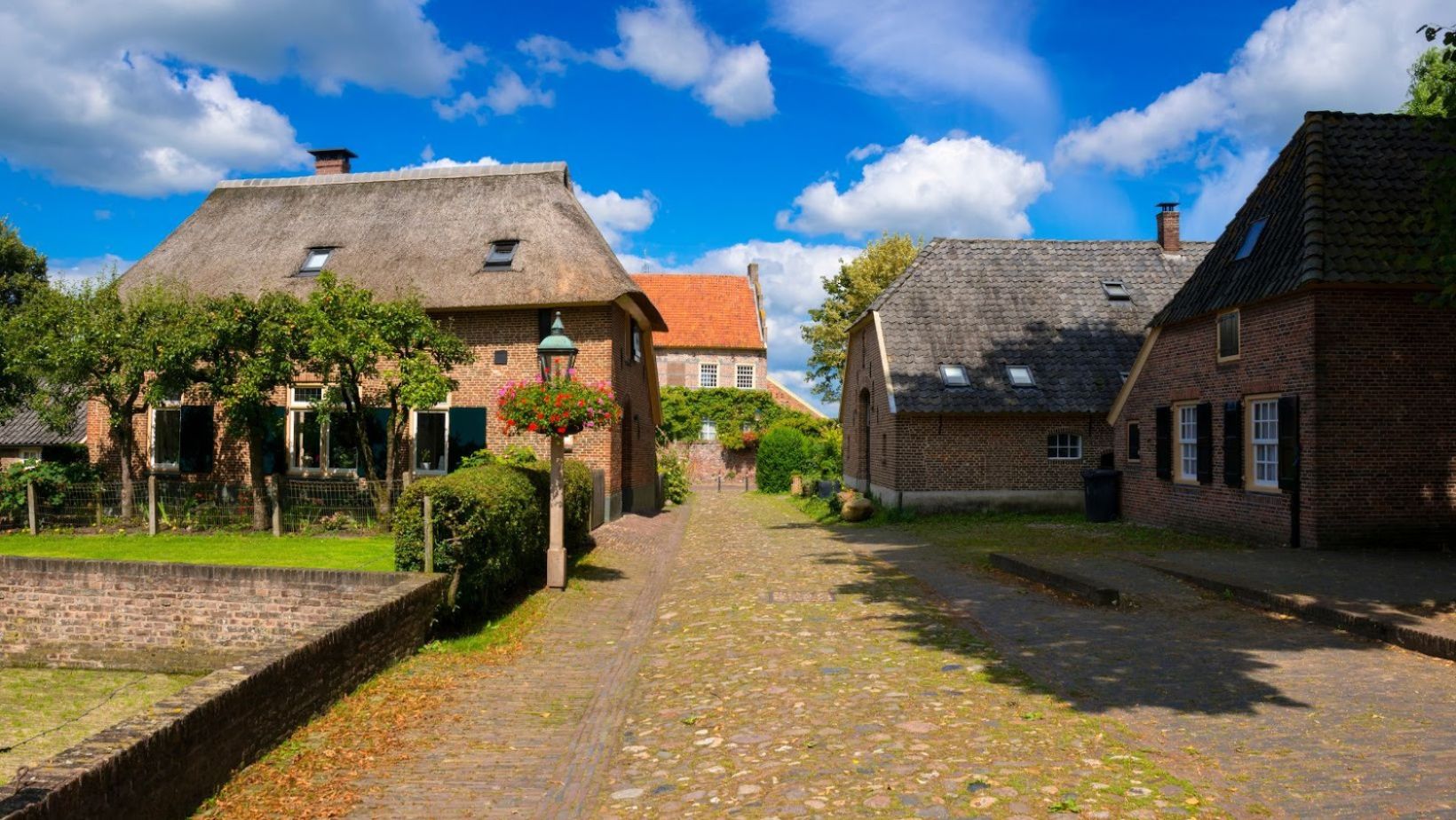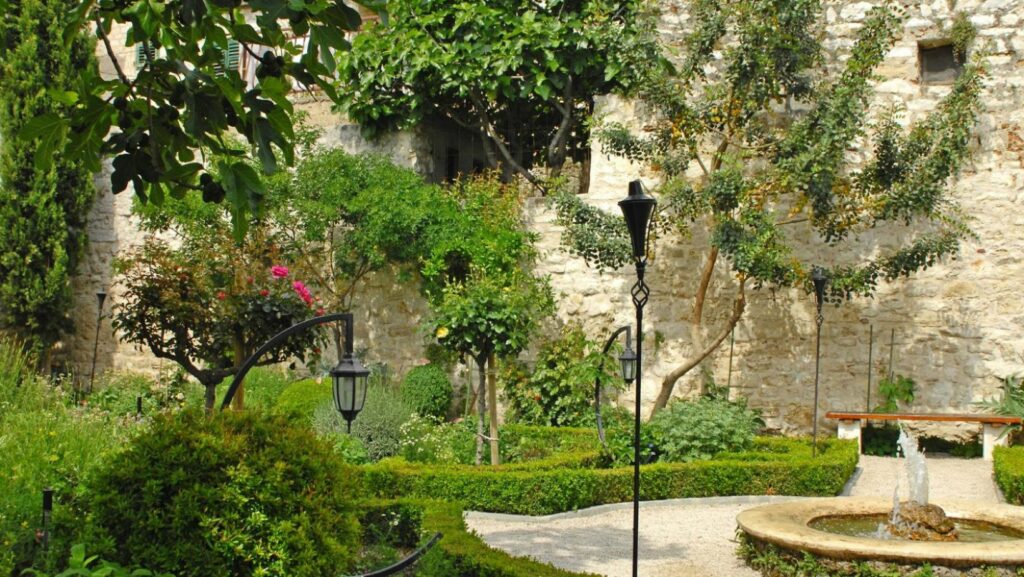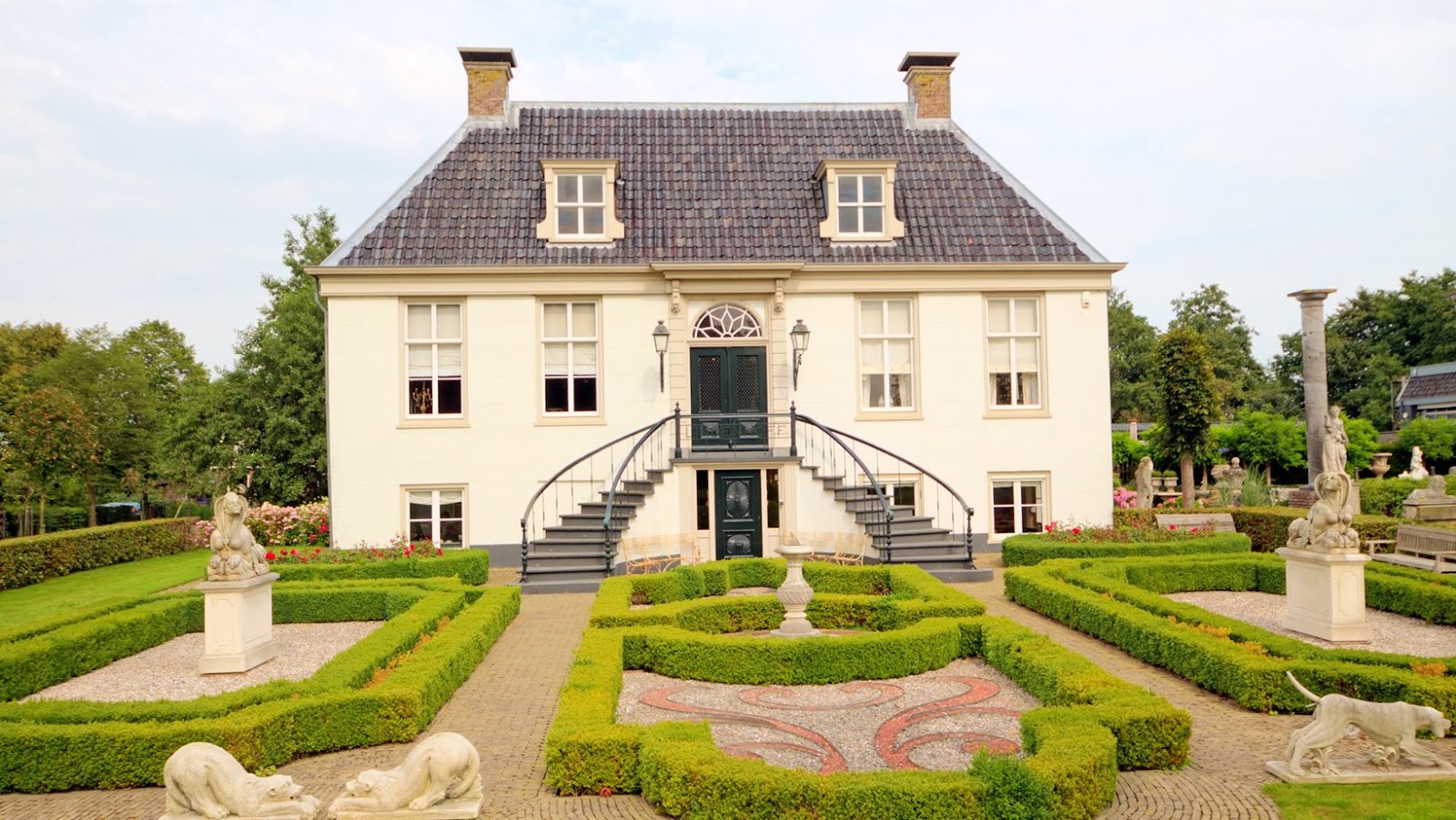Physical Address
304 North Cardinal St.
Dorchester Center, MA 02124

Ever wish you could go back in time and plant a garden like the ones monks and healers gardened in the Middle Ages? Besides being very pretty, a medieval herb garden can be very practical, being crammed full of aromatic, helpful plants that are indispensable in the kitchen, the medicine cabinet, and even spiritual practice.
Whether you’re a history lover, a gardener, or just looking for a unique project, this is a perfect way to connect with the past. If you want to play for fun instead and earn rewards for your future, though, try Hellspin login and the ease it brings when choosing what to game next!
A vital component of life during the Middle Ages was herbal gardens. These were located within monasteries, castles, and even in the cottages of the poor. All of them used them as a source of food, medicine, and even pest control, but the monks were the best herbalists who documented the usage of plants in handwritten text, later converted into manuscripts.
They were places of learning and medicine as the monks cultivated herbs to cure diseases, season food, and dye cloths. Their gardens were frequently geometric in layout, a representation of order and harmony, which was part of their spirituality.
Sage, thyme, and rosemary were also important. They acted as refrigerants to preserve meats and neutralize the taste of aging food. Salt and spices were rubbed into ingredients to help prevent spoilage.

Ginger and cloves were added to ale and wine, and even plain food, such as pottage (a thick stew of vegetables), was dressed with fresh parsley, leeks, and garlic.
Herbs also played a role in daily chores, as lavender and mint were scattered on the floors to repel insects and freshen the air. A bit of tansy was used to deter moths from woolens, while rosemary sprigs were burned to purify sickrooms. Even clothing dyes came from plants like woad (blue) and madder (red).
To keep your garden historically accurate, focus on plants that were commonly grown between the 5th and 15th centuries. Here are some excellent choices:
Some staples of cooking back then relied on condiments to enhance flavor and preserve food:
Before modern medicine, plants were the pharmacy, and monks grew:

Some plants had spiritual meanings:
Now it’s time to plan the layout, as in the past, they followed strict, orderly designs, often divided into geometric beds.
Monasteries favored symmetrical, enclosed gardens, and here are two traditional designs:
This design brings the space into four equal parts, with the paths creating a cross. In each square, there is a different kind of flora: culinary, medicinal, aromatic, and dye plants. The structure is finished with a central motif, such as a fountain or statue.
Knot gardens, popular in castle courtyards, employed low hedges (such as boxwood) to form complex, interlacing patterns. These were interplanted with herbs, so that a living tapestry of fragrance and colour was made.